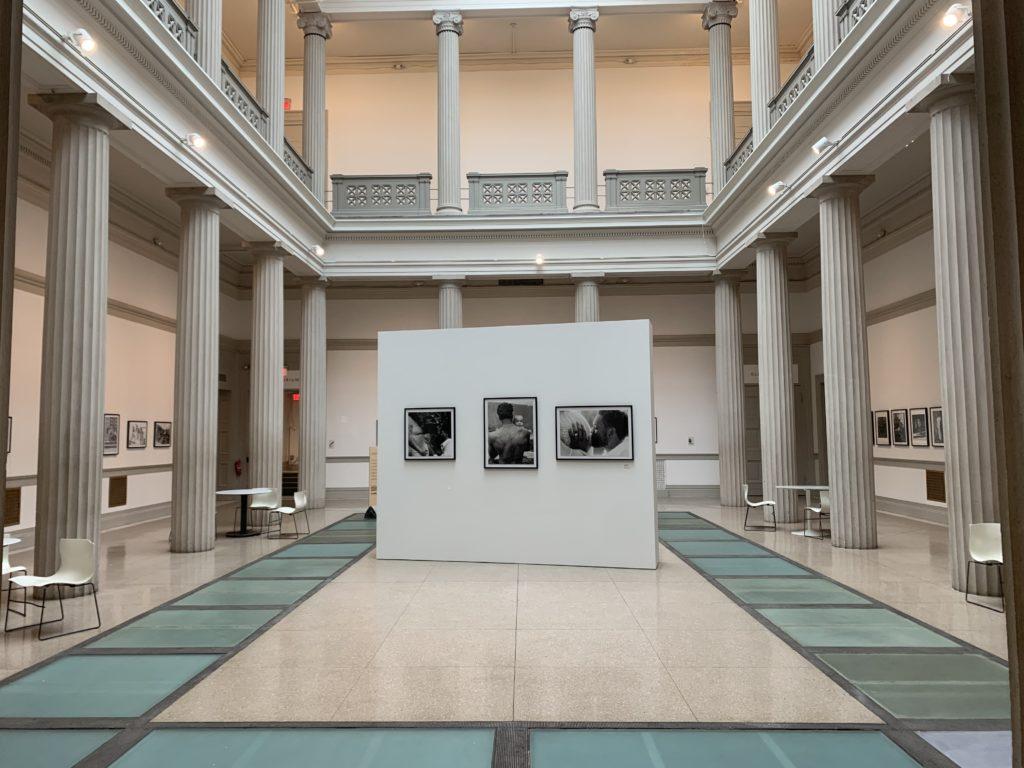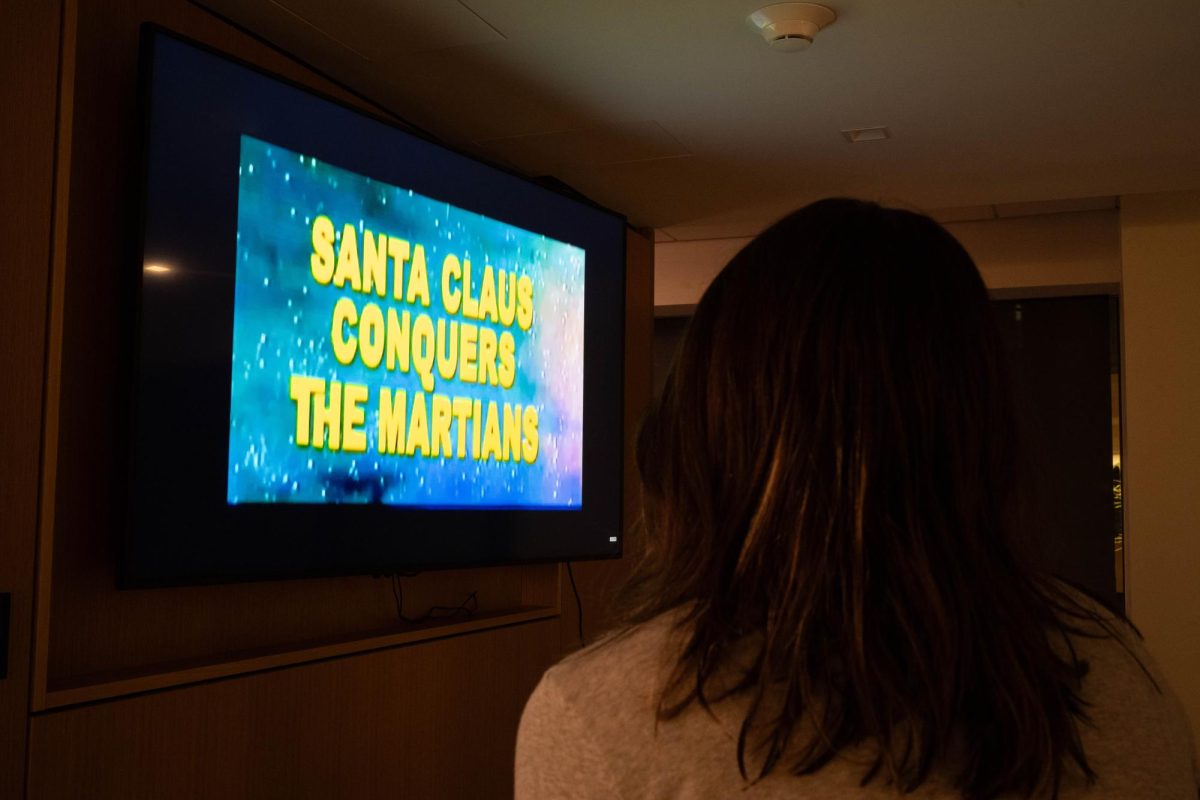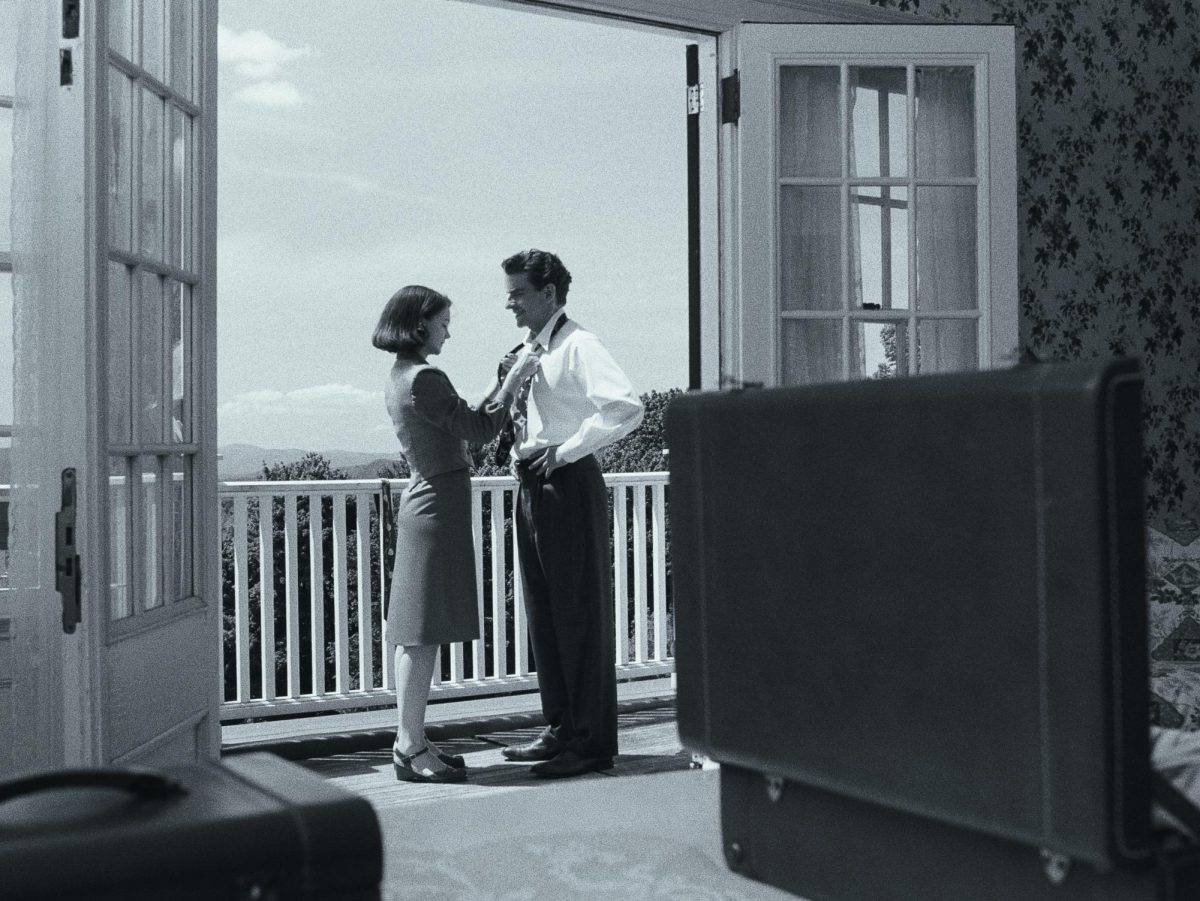Updated: Aug. 3, 2022 at 11:28 p.m.
Black masculinity, fatherhood and joy are on full display in the galleries at the Corcoran School of the Arts and Design, where still images capture the deeply personal and often misperceived themes of their manhood as seen through the lens of Black photographers.
Framing Fatherhood launched at the gallery last month, featuring 75 shots from 14 of the most renowned Black photographers in the country to chronicle intimate moments between fathers and their sons in settings like the pews of a church or the seats of the dinner table. Dr. Imani Cheers, an associate professor of media and public affairs who curated the exhibit, drew on the intersection of race, gender, and family structures to illuminate Black males in a light that a more white-washed mainstream media often neglects.
“The basics of boyhood and messages for manhood is an interdisciplinary project that explores the ways in which Black masculinity is celebrated, is represented on, not only through social media but in particular in mass media all around us, the images, names, the things that we see.” Cheers said in a recorded interview played at the exhibit.
The exhibit comes as the first of a larger project by Cheers called “It Takes a Village: Basics of Boyhood and Messages for Manhood,” an interdisciplinary research project that explores the implications of media on the public and mental health of Black men. Framing Fatherhood launched during Juneteenth weekend as a showcase of images that uplift Black men as fathers, brothers and members of a tight-knit community, affirming the joy they share.
“Images of children with their fathers, images of children playing and laughing, groups of men celebrating and embracing – that is what we wanted to showcase to you in this exhibition,” Cheers said.
Cheers first planned to work as the sole photographer for the work but decided to curate instead to give Black men the opportunity to interpret and define fatherhood through their own communities.
The exhibit spreads across the first floor of the gallery, filling each of the walls with portraits framed in unembellished, uniform black frames. While the display is sparsely spread, the Roman-inspired columns that line the entrance to the exhibit provide a grandeur effect that empowers the still images themselves, recognizing and elevating the voices of the artists.
Each artist had their own collection of six to eight images varying in time period, color edit, scene and message. Based in cities around the country, each photographer brought a different perspective.
Some defined Black masculinity through images of men at Black Lives Matter protests to signify their fight for equity. Others defined identity through tender moments of love and affection, from fixing their son’s bike to teaching them how to tie a tie. Several collections displayed modern family portraits, while others showed candid black and white shots of urban life, like children wearing their dad’s hats and sneakers.
Although their interpretation of fatherhood varied, the artists evoked a common theme of Black joy through images of children laughing or men celebrating. The positivity within the stills contradicted the media’s tendency to portray Black males through negative, opposing images of police brutality, gang violence and racialized news headlines. As visitors follow the path of images, each collection presents a different story, allowing each of the photographers to rewrite the narrative they choose to tell.
In one of the most intriguing collections of the exhibit, Anthony Geathers – a photographer from Brooklyn, New York – took photos of groups of men posing together in the street. Despite their stone-faced expressions, their postures leaning on one another soften their appearance and convey mutual support.
The display of collectivism and unspoken loyalty underlines Geathers’ view of Black masculinity. The image proves that a community – even one not bound by blood – can serve as fatherhood can be fulfilled through a community, bending Cheers’ intended contrast from traditional fatherhood in white society.
After viewing the photographs, visitors arrive at two TV screens – one playing an interview with Cheers and the other, an interview with the fathers in the collection. The men answered the question, “What does Black joy mean to you?” and spoke of shifting values, mutual support, celebrations of life and Black pride, which concluded the exhibit with an intimate look into the perspectives that underlined the display.
“We are wonderful, magnificent people, and we just have to keep pushing through,” one of the interviewees said. “Know yourself, love yourself, love others.”
The diversity of images and the various visual approaches to the theme of Black masculinity seek to push back against the narrow assumptions of Black fatherhood that the media often employs. While the experience felt natural and relaxing, the simplicity of the exhibit’s design leaves conscious space for viewers to digest the complexity of the images. This exhibit will engage you with its striking ability to evoke joy, confusion and a loss of words all at the same time.
This post has been updated to clarify the following:
This story has been updated to clarify that the location of the exhibit is called the galleries at the Corcoran School of the Arts and Design.







